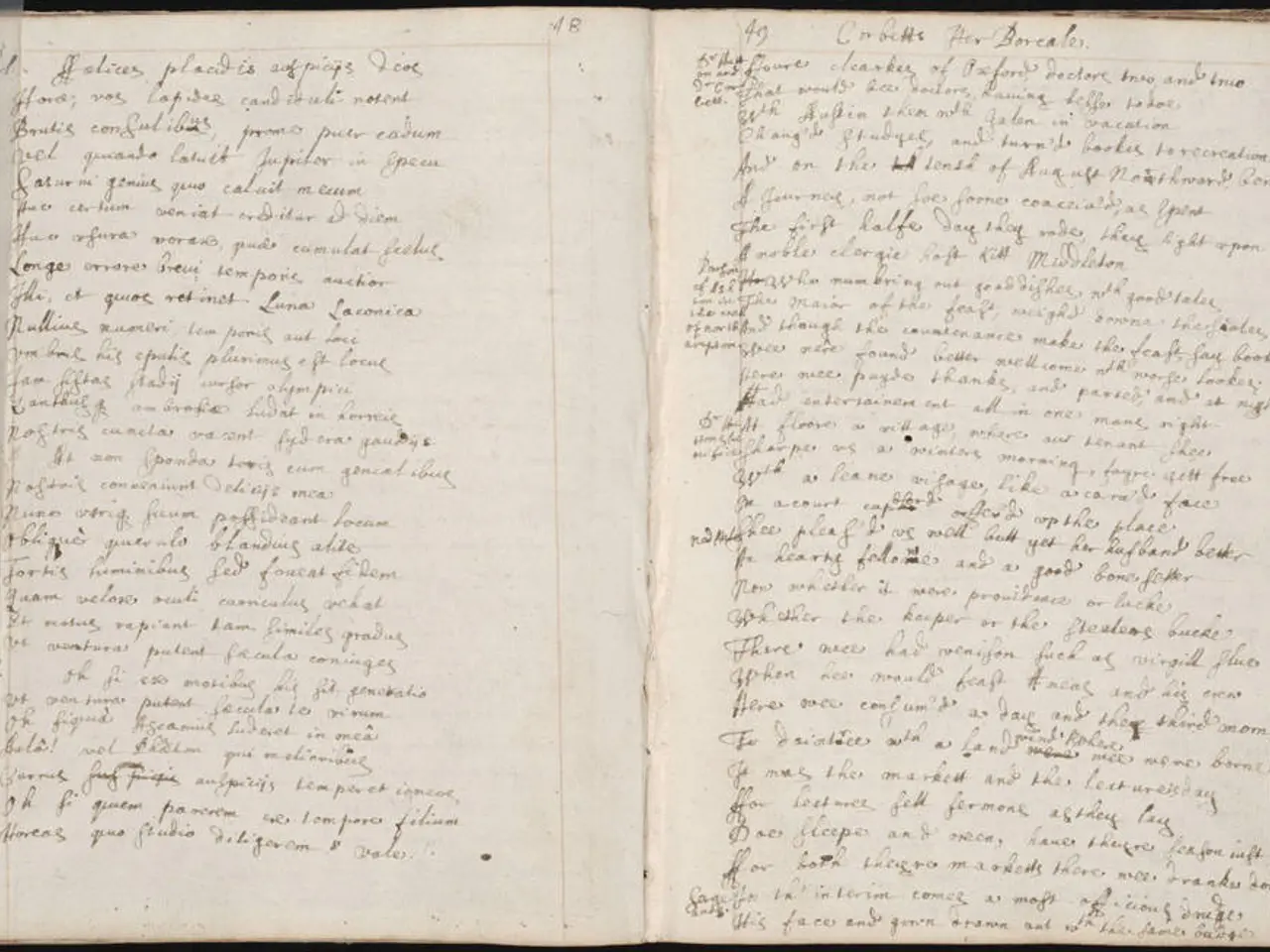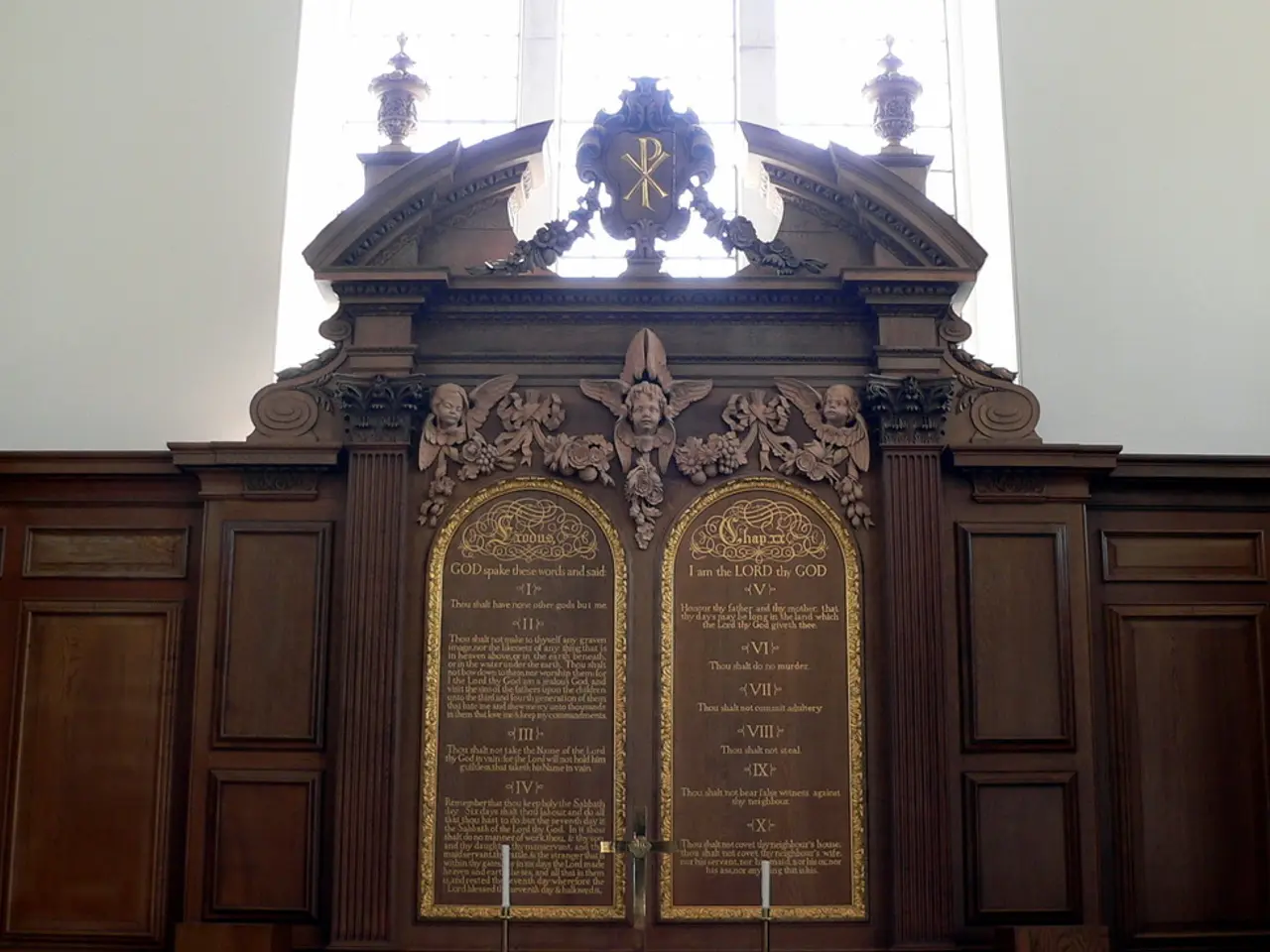Exploration of Texts for Medieval Inhabitants of London
Prosperous Lay Households in Late Medieval London: A Cultural and Literary Hub
In late medieval London, prosperous lay households played a significant role as readers and consumers of a diverse range of reading materials that reflected and shaped their social and cultural identities.
These households primarily owned religious books, such as Books of Hours, Psalters, sermons, and hagiographies, which underscored the central importance of piety and religious identity in daily life. Owning such religious books was a clear marker of social status and devotion, often depicted in portraiture where sitters would be shown holding these texts.
However, the repertoire of texts available and read by these affluent urban dwellers expanded over time to include secular works: translations of classical antiquity, histories, medical manuals, cookbooks, early English romances and poetry, and notably books of courtesy providing guidance on behavior, speech, and etiquette for the aspiring gentleman or gentlewoman. This range reflects a growing literate middle class interested in self-improvement, social conduct, and cultural participation.
The presence of these materials illustrates a social milieu where religion remained foundational but where secular education, manners, and literary culture were increasingly valued. The availability of printed work by Caxton and de Worde popularized English literary culture, situating London’s households within broader cultural shifts embracing vernacular literature. Moreover, the involvement of women, especially widows managing printing and bookselling businesses, hints at gender roles and commercial participation in the literary economy.
One such manuscript, MS. HM 140 in the Henry E. Huntington Library in San Marino, California, includes works likely to have interested London merchants and prosperous householders, such as The Libelle of English Policy and Advice to Apprentices. The Libelle of English Policy is a libellus or 'little book' dealing with English trade with the countries of Europe, while Advice to Apprentices offers instructions for good behavior for children and young men learning a craft in a master's urban household.
The manuscript also features religious texts, such as The Benefits of Reading the Psalter, which survives elsewhere in a manifestly pious context of books of hours, but also in a collection of recipes and charms. Another religious text, the prose Seven Things Necessary for Pardon, survives in another copy with demonstrable London connections.
The manuscript's contents also include notes added by William Marshall in the early sixteenth century, indicating that by this point, these sections were certainly in the hands of individuals with London connections. Other notes in the manuscript reference local figures such as 'master John hammultone dulying in seint Jeyllis parishe with ought cripulgat' and 'Henry Diszell ... Cit. and stationer of London', suggesting that the manuscript stayed in London for some years.
Investigations have concentrated on the production and material features of manuscripts available to London readers, such as common-profit collections, anthologies composed of distinct booklets, and the personnel at work in the book trade. The reading matter accessible to prosperous lay Londoners reveals a complex intersection of piety, social aspiration, education, and cultural engagement characteristic of late medieval urban life. Studying these materials helps us understand not only what these households read but how reading articulated their identities and shaped their social world in late medieval London.
In addition to religious books, prosperous lay households in late medieval London began to acquire secular works, such as books of courtesy and English romances, reflecting an interest in self-improvement and cultural participation beyond religious identity.
Trade routes were also represented in some manuscripts owned by these affluent London households, like The Libelle of English Policy, which dealt with English trade with European countries, demonstrating a broader commercial and cultural perspective among the literate middle class.








